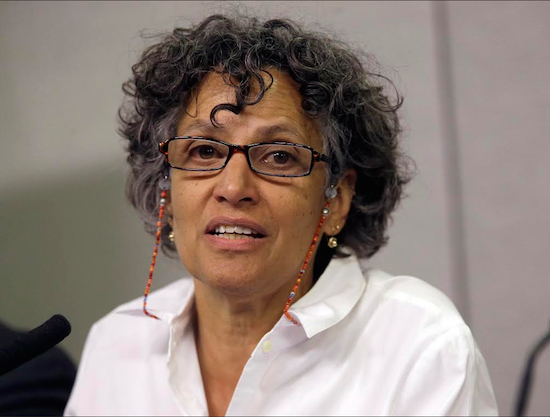New health data zooms in on disparities among Brooklyn areas

In Brooklyn’s impoverished Brownsville neighborhood, the average person can expect to live to 74, just over 3 out of 10 adults are obese and 8 of every 1,000 newborns don’t make it to their first birthday.
Things are different in the borough’s upscale Park Slope and Carroll Gardens neighborhoods: life expectancy tops 80, just over 1 out of 10 adults is obese and about 2 of every 1,000 infants die.
These snapshots capture the disparate state of health in the nation’s biggest city, as measured by new community health profiles officials planned to start releasing Wednesday. They zoom in on a city that can boast overall life expectancy above the national average, but where it can vary by more than 11 years between one community and another (it tops 85 among residents of lower Manhattan’s financial district).
